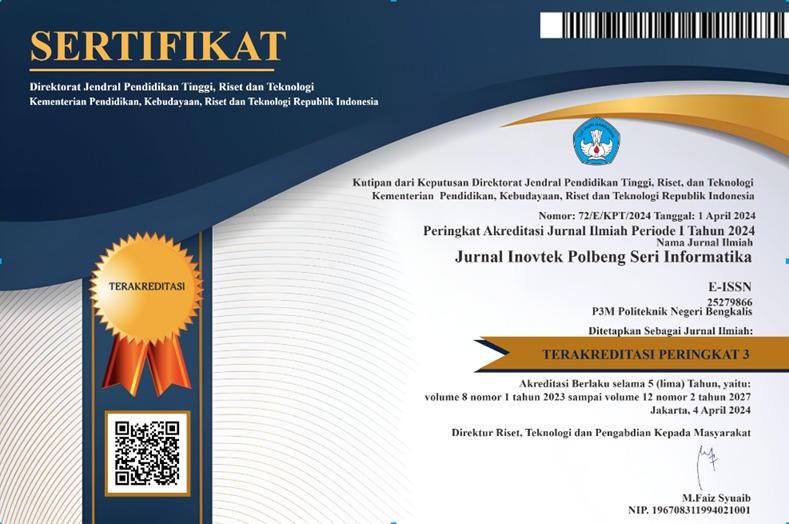Enhancing Fraud Detection Performance in E-Commerce Platforms Using Gradient Boosting Algorithms
DOI:
https://doi.org/10.35314/s8q6t594Keywords:
E-Commerce, Fraud, Gradient Boosting, KaggleAbstract
The rapid growth of e-commerce has attracted many users. However, as transaction volumes increase, so do cases of fraud. This not only causes financial losses for sellers but also threatens the trust that is so important in the e-commerce industry. Previous studies have used the Naïve Bayes and Multilayer Perceptron algorithms to detect fraud in e-commerce with accuracy percentages of 95.00% and 94.00%, respectively, without other assessment measures, including precision, recall, and F1-score. This research seeks to create a predictive model for the likelihood of online sales fraud by comparing Gradient Boosting, Neural Network, Random Forest, and Naïve Bayes models through feature extraction and feature scaling pre-processing, with 10-fold cross-validation. The dataset used was taken from the Kaggle platform. The features included in the dataset include buyer characteristics, products sold, transaction volume, devices used, and other fraud indicators. The study's findings demonstrate that the Gradient Boosting algorithm excels in detecting fraud risk with an accuracy rate of 95.30%, precision of 94.10%, recall of 95.30%, and an F1-score of 93.80%. These findings are anticipated to enhance the development of more efficient e-commerce security solutions.
Downloads
Downloads
Published
Issue
Section
License
Copyright (c) 2025 INOVTEK Polbeng - Seri Informatika

This work is licensed under a Creative Commons Attribution-NonCommercial-ShareAlike 4.0 International License.













